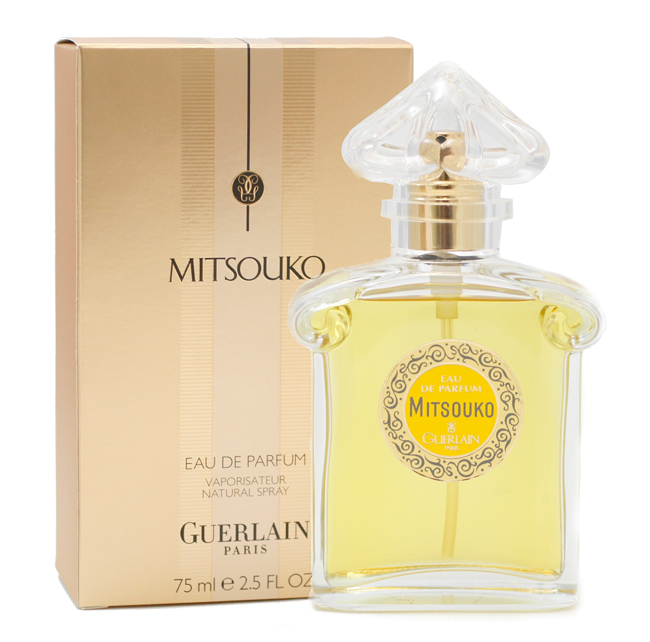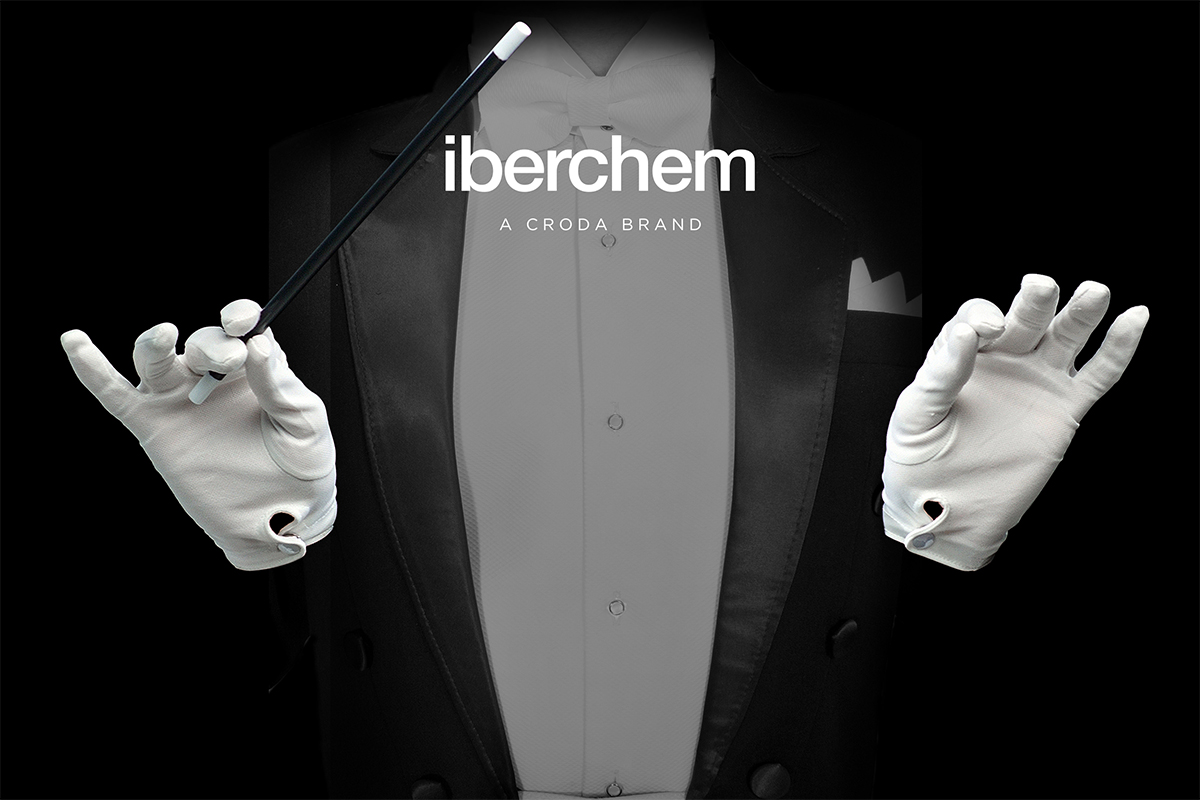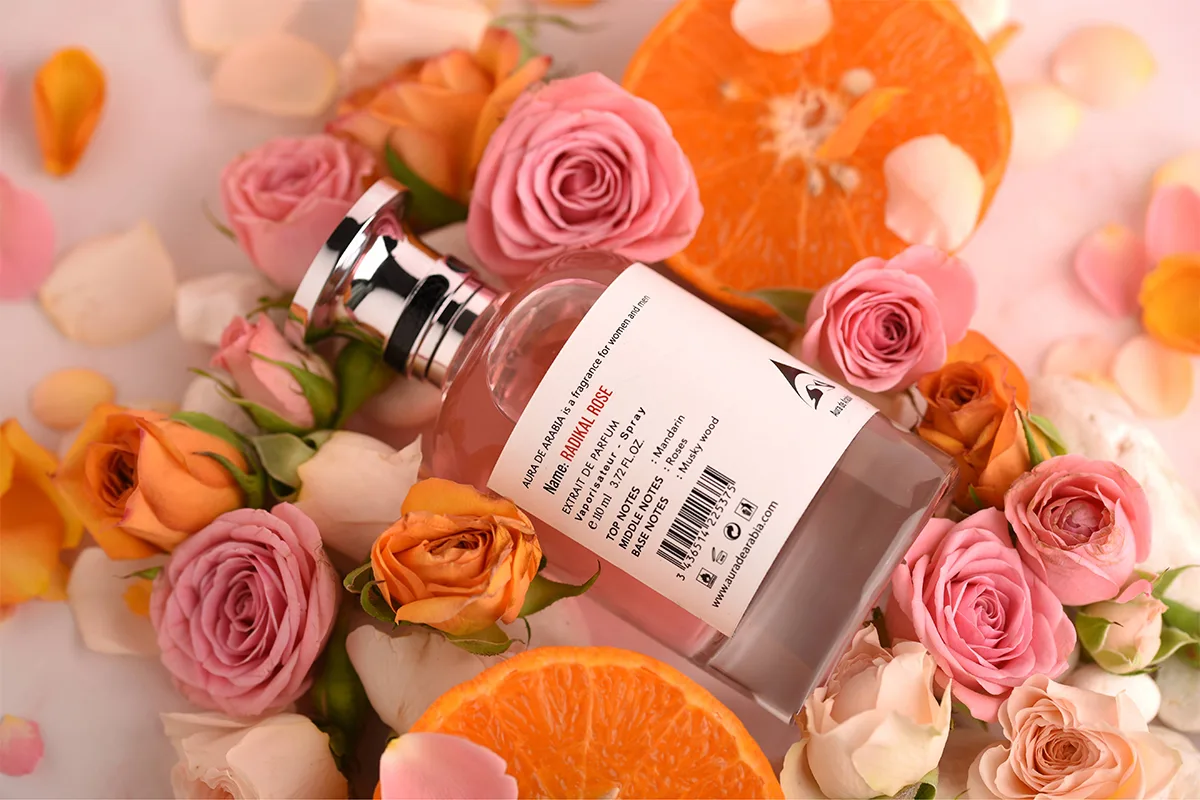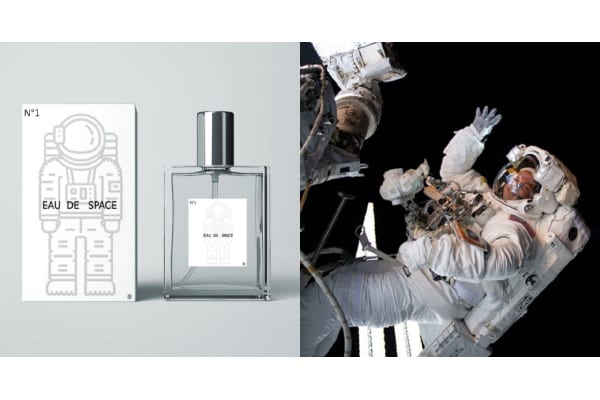Guerlain’s Shalimar, Chanel No. 5, Joy by Jean Patou; these all are absolutely quintessential for anyone interested in fragrance. There is still plenty of room, however, in perfume’s Hall of Fame
In the last part of this article we contemplated upon some of the most renowned perfumes in the world talking about five iconic fragrances that emerged as trendsetters in the domain of perfumery. Through this second and concluding feature, we will introduce you to five more fragrances that have an appeal that has successfully traversed generations and remains popular even today.
Many of the greatest perfumes have been linked to a specific time in history. For example Guerlain’s Mitsouko reflected the escape from a brutal war-ridden reality to oriental mysticism. Such perfumes with deep stories can only be born in times pregnant with significance.
What other time, then, carries as deep a prominence than World War II? Even amidst such a heavy crisis, perfumery lingered on, presenting the world with the soon to become iconic fragrance by Rochas.Femme was created by Edmond Roudnitska in 1943. At the time Roudnitska was working in a run-down building situated between a rubbish dump and a paint factory. Reportedly it was in one of the factory’s forgotten barrels that Roudnitska encountered the chemical methyl ionone, which was to become one of the essential compounds in Femme’s composition.

Femme belongs to the genre of fruity chypre perfumes. Chypre fragrances are characterized by top notes centering on citrus scents and a mossy-woody base. To this chypre core Femme introduces rich and fruity notes of peach and plum.The opening of this fragrance is distinctly fruity, but already civet and musk in the base lend a spicy dimension to the fragrance. Slowly Femme develops into an extremely seductive combination of mossy, fruity, and animalistic notes. The perfume leaves a haunting sense of tragedy, stemming without a doubt from the dangerous times in which Femme was developed.The perfume was heavily reconstructed in 1989 by Olivier Cresp. Cumin was introduced to the composition and the perfume was made lighter in order to match the developing trends in fragrance.
After the war in 1947 a related chypre fragrance of a more floral character was launched. The perfume in question is none other than the iconic feminine fragrance Miss Dior by the fashion house Christian Dior. Where Femme added fruits to the chypre core, Miss Dior throws a whole range of flowers to the mix.The fragrance opens with galbanum and bergamot, developing thereafter to an intense scent of iris, jasmine, and narcissus. The base composed of labdanum, oakmoss, and patchouli lend a slightly animalistic touch to the otherwise elegant scent.

Miss Dior was originally launched shortly after Christian Dior introduced his ‘New Look’ fashion collection. New Look sought to revive the traditional aspects of femininity, which had been suppressed in times of war. Miss Dior’s elegant flowery and mossy composition does indeed represent a refined sense of femininity, but at the same time the animalistic base gives the impression a touch of sensuality.
In the same year 1947 another fragrance, Vent Vert by Pierre Balmain, was launched. Vent Vert is almost the complete opposite of Miss Dior. Instead of creating an elegant impression with a touch of wildness, Vent Vert opens up with an aggressive green blast that the other notes try to restrain.The key note in this perfume is galbanum, which is present throughout the perfume. In the beginning it is highly aggressive, but is soon toned down by whiffs of rose, jasmine,and lily of the valley.

The tension is never fully resolved, however, and the contrast between the florals and green galbanum is exactly what makes Vent Vert so intriguing.Vent Vert, which means Green Wind, perfectly encapsulated the feeling of early spring days. By drawing its force from the age-old circulation of seasons, Vent Vert has a timeless appeal even 70 years after its launch. The original perfume was reformulated in 1990 and again in 1999. Both versions have toned down the galbanum note in the composition while amplifying the floral character of the perfume.Post-war perfumes such as Miss Dior and Vent Vert carry an euphoric feeling with them evoked by the recent peace.
Perhaps none other fragrance grasps this joy of peace overcoming violence as clearly as L’Air du Temps, the name of which means the Spirit of the Times, released by Nina Ricci in 1948.L’Air du Temps is a floral perfume focusing on the note of carnation in its core. The scent starts out with powerful carnation warmed by a touch of cloves and spices. Soon rose, jasmine, and iris shift in and transform the spicy carnation impression into a marvelously sophisticated fragrance. A base of cedar and sandalwood amplifies the spicy aspect of the perfume while softening some of the rougher aspects.

L’Air du Temps was created as Nina Ricci’s son Robert Ricci’s attempt to expand the fashion house’s business to perfumery. It was a direct proclamation of peace following war – a fact that is clearly expressed in the iconic intertwining dove figures in the bottle design of L’Air du Temps. Even the perfume’s overall impression of eloquent innocence and purity seem to signify the highest ideals of peace.

From the innocence of L’Air du Temps we move finally to a completely opposite direction with Esteé Lauder’s Youth Dew. The fragrance, launched in 1953, is a full-on, all but modest perfume of a spicy oriental character. Originally Youth Dew was only sold as a bath oil, and because of its remarkable strength and longevity, the bath oil is still very popular.The opening is fruity and peachy with a spicy edge, soon leading into jasmine, ylang-ylang, and more spices. With time the soft base of balsam, amber, and patchouli slowly start to reveal themselves through the lighter notes. It is an grand perfume with an assertive character – a perfect choice for a self-confident woman.
Looking back at the ten legendary perfumes introduced in this and the previous article, one is left with a deep sense of humility. In these exemplary creations perfume, an art that is very much meant to be a temporary pleasure, is transformed into timeless beauty, bringing solace to the troubled by celebrating the joy of life.









Add Comment